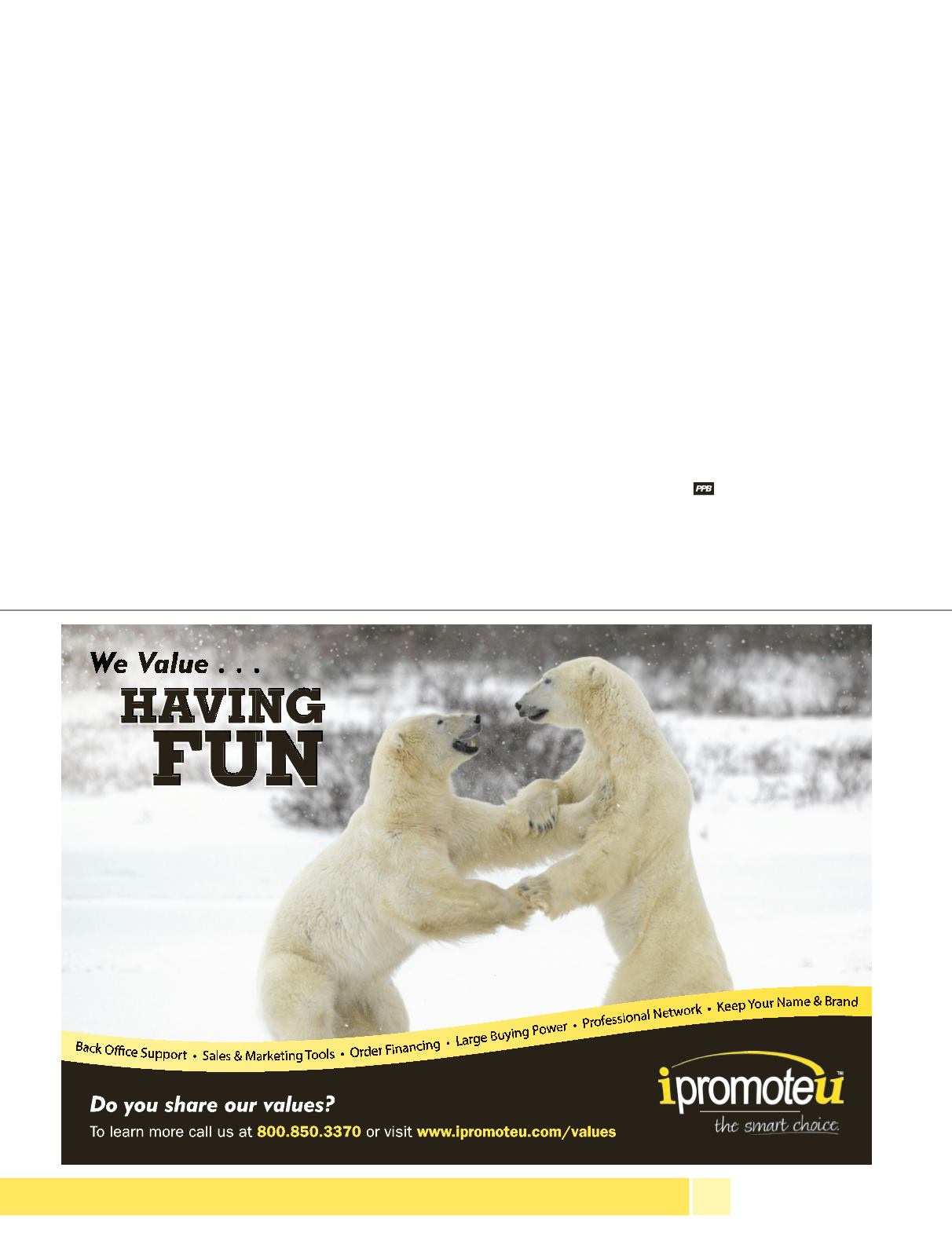

At the very beginning of my new compli-
ance officer career, before I realized how little
I knew, I thought that an undecorated pencil
sharpener would be classified as a general use
item and not a children’s product. Great! I
figured the only testing required would be for
lead in the blade. But as a rookie, I reached
out to an expert for confirmation. What I
received was an email response that printed
as three 8-1/2 x 11 pages on what testing
could
be required for a pencil sharpener. I
went with the first sentence that said, “It
seems that you are correct …” and ignored
the rest. I thought it was a copy-and-paste
response but not unless our government has a
program that knows where to place the word
“lead” and make each paragraph relevant to
my question. The simple answer to what test-
ing is required on a pencil sharpener goes
something like this:
1. Who is the target audience?
2. Who’s going to use it?
3. Where is it going to be used?
4. What kind of logo will be used?
5. How will it be distributed?
Now, when I listen in on the product safe-
ty webinars, instead of Googling for answers
and missing part of the presentation, I jot
down a quick note when I have a question
because they take questions and provide
answers at the end. I no longer worry that I
may be wasting anyone’s time with a “this-per-
son-doesn’t-know-anything” question. I figure
at least a quarter of participants don’t know
the answer either. And if they do, the ques-
tions are anonymous so I won’t feel foolish.
It’s been three years now since people
started referring to me as our company’s
compliance expert. Well, at least, I now can
answer a few questions on my own and I
know where to turn to try and find the
answer. So, I’ll settle for quasi-expert.
If you are in my shoes, your best bet to
work your way through this, without pulling
out your last two strands of hair or grinding
down your four back teeth, is to align with
other industry professionals. Join industry
associations such as PPAI. Consider partner-
ing with a testing facility. If at all possible,
work with a compliance organization to build
safety, social and security policies and prac-
tices into your daily operations, then steadily
educate your organization so that, over time,
it will become part of your company’s culture.
The wealth of material available through
trade associations and other organizations is
invaluable. If you’re associated with them, you
have access to the knowledge their experts
can provide. You can also contact them when,
despite your exhaustive efforts, you can’t pin
down the exact answer you’re looking for.
Chances are they will answer you in a timely
manner and with a reply that’s fewer than
three pages.
Seriously, my advice is to sit through
every seminar and workshop you can, listen
in on every live and archived webinar, and
revisit them again as a refresher. Make cheat
sheets for yourself (when is the last time you
used that phrase?), sign up for every relevant
newsletter and email blast you can, and do as
much research as possible. And one more last
bit of advice: Ignore the fact that those other
job responsibilities you had before you
became a compliance officer are still on your
to-do list.
JUNE 2015 •
PPB
• 77
Peggie Jewell is compliance
officer for Cherry Hill, New
Jersey, business services com-
pany Impex International, Inc.
















